Strands is the NYT’s latest word game after the likes of Wordle, Spelling Bee and Connections – and it’s great fun. It can be difficult, though, so read on for my Strands hints.
Want more word-based fun? Then check out my Wordle today, NYT Connections today and Quordle today pages for hints and answers for those games.
SPOILER WARNING: Information about NYT Strands today is below, so don’t read on if you don’t want to know the answers.

NYT Strands today (game #243) – hint #1 – today’s theme
What is the theme of today’s NYT Strands?
• Today’s NYT Strands theme is… Strategy game
NYT Strands today (game #243) – hint #2 – clue words
Play any of these words to unlock the in-game hints system.
NYT Strands today (game #243) – hint #3 – spangram
What is a hint for today’s spangram?
• Grandmaster’s move
NYT Strands today (game #243) – hint #4 – spangram position
What are two sides of the board that today’s spangram touches?
First: top, 3rd column
Last: bottom, 5th column
Right, the answers are below, so DO NOT SCROLL ANY FURTHER IF YOU DON’T WANT TO SEE THEM.
NYT Strands today (game #243) – the answers
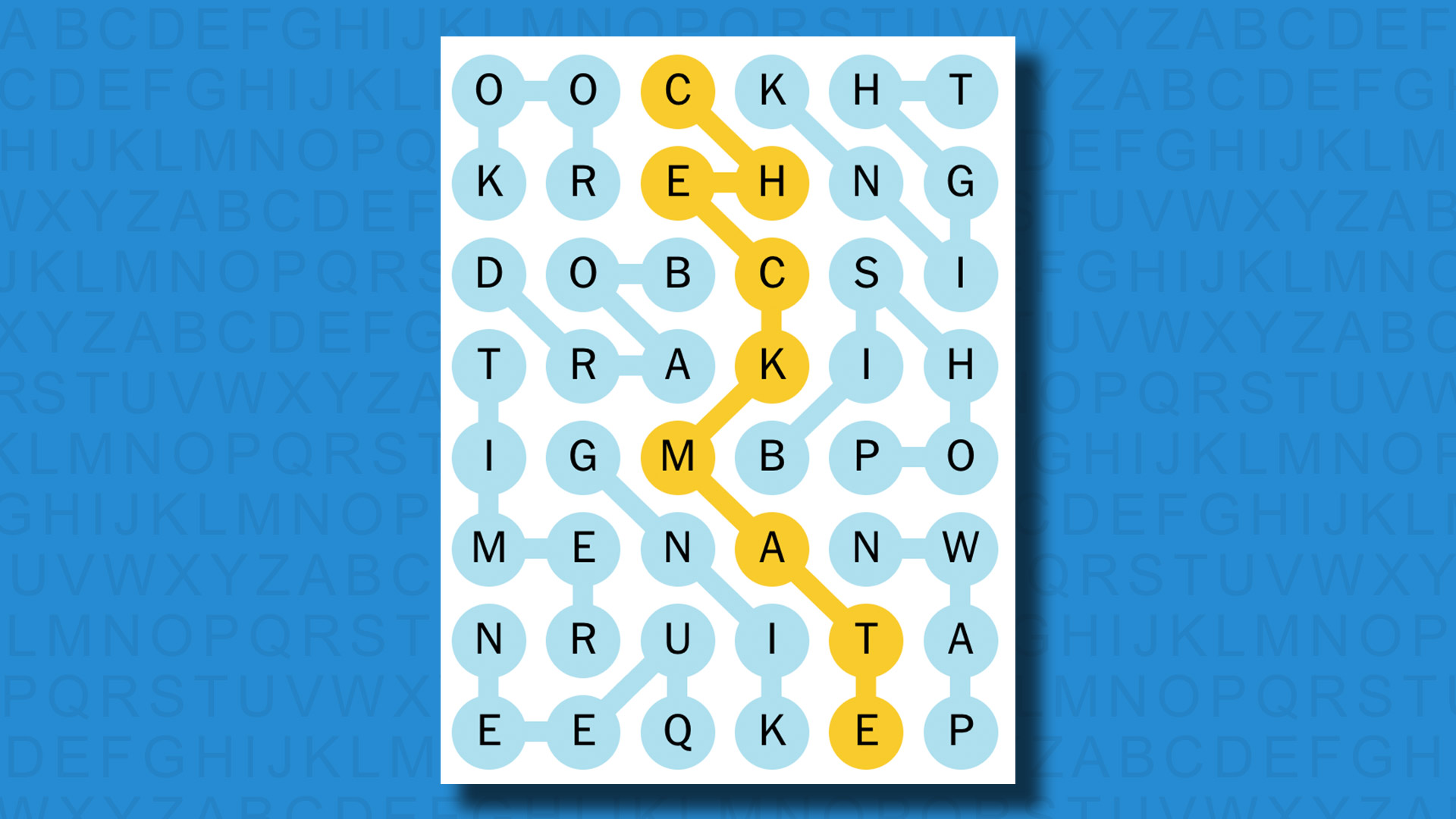
The answers to today’s Strands, game #243, are…
- QUEEN
- KING
- ROOK
- TIMER
- BISHOP
- PAWN
- KNIGHT
- BOARD
- SPANGRAM: CHECKMATE
- My rating: Easy
- My score: Perfect
I’d love to really get into chess one day, to learn the various openings and strategies to be able to hold my own. Until then, I’ll have to content myself with completing this chess-themed Strands game in record-quick time. It really was very easy. As soon as I found QUEEN it was obvious what the others words would be, and I’ve played chess often enough that I didn’t have to wrack my brains to recall KING, ROOK, BISHOP, PAWN and KNIGHT. CHECKMATE indeed.
How did you do today? Send me an email and let me know.
Yesterday’s NYT Strands answers (Thursday, 31 October, game #242)
- GHOST
- MUMMY
- WITCH
- CLOWN
- PUMPKIN
- PRINCESS
- PIRATE
- SPANGRAM: COSTUME
What is NYT Strands?
Strands is the NYT’s new word game, following Wordle and Connections. It’s now out of beta so is a fully fledged member of the NYT’s games stable and can be played on the NYT Games site on desktop or mobile.
I’ve got a full guide to how to play NYT Strands, complete with tips for solving it, so check that out if you’re struggling to beat it each day.


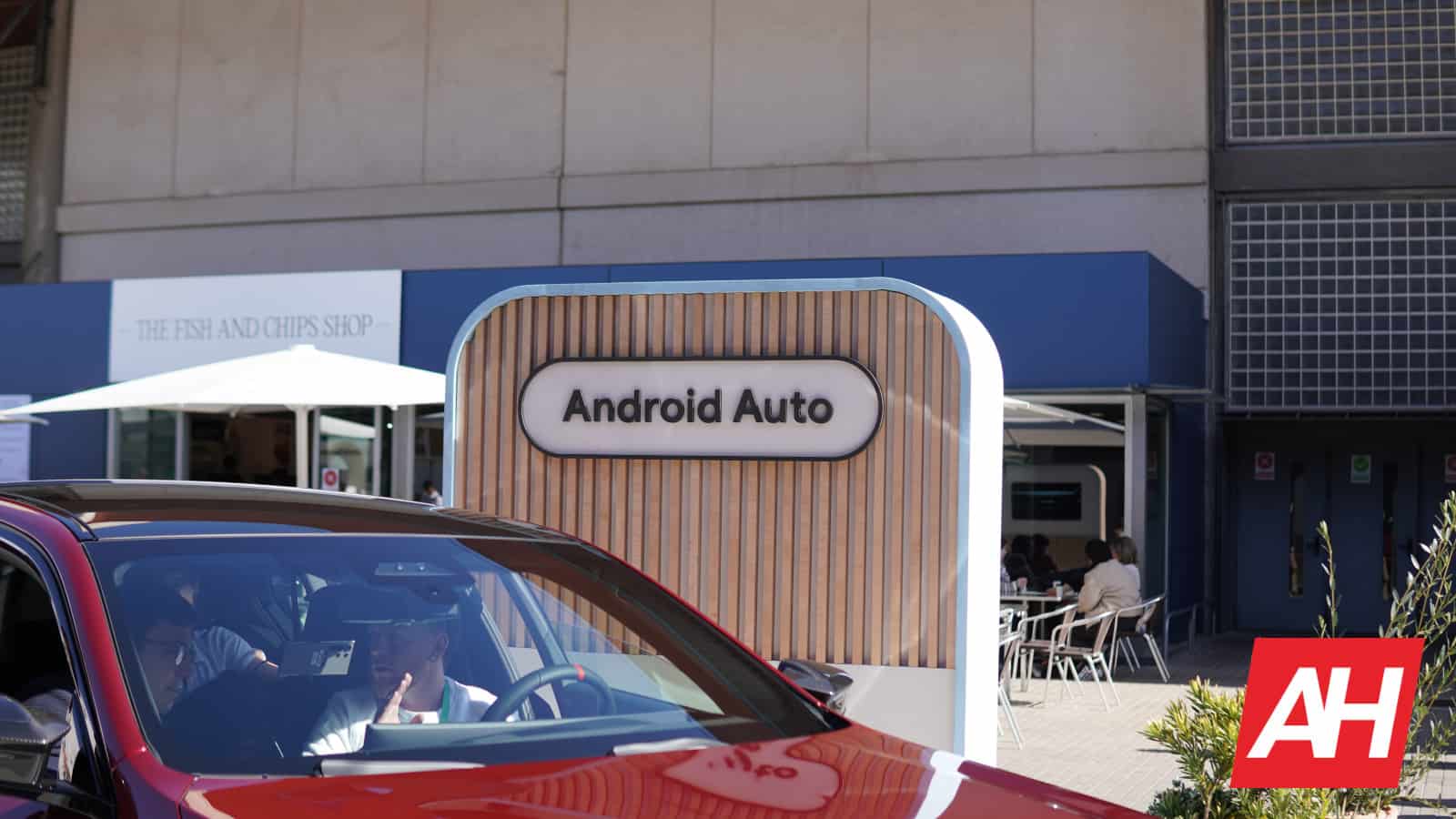
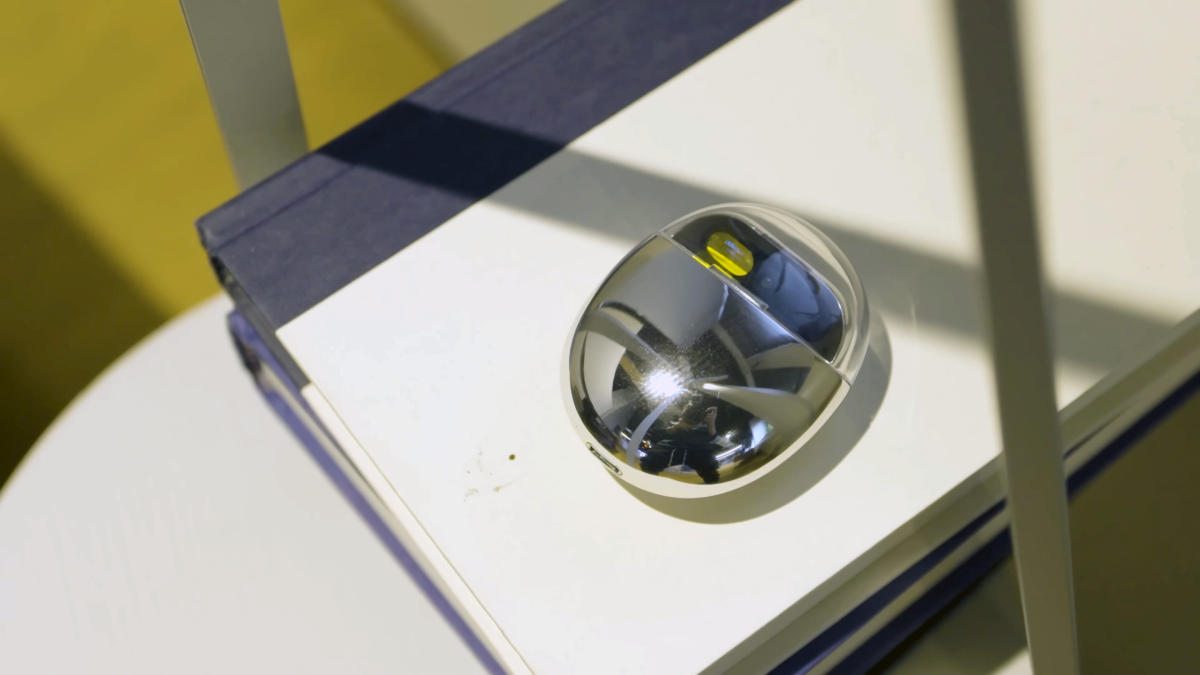


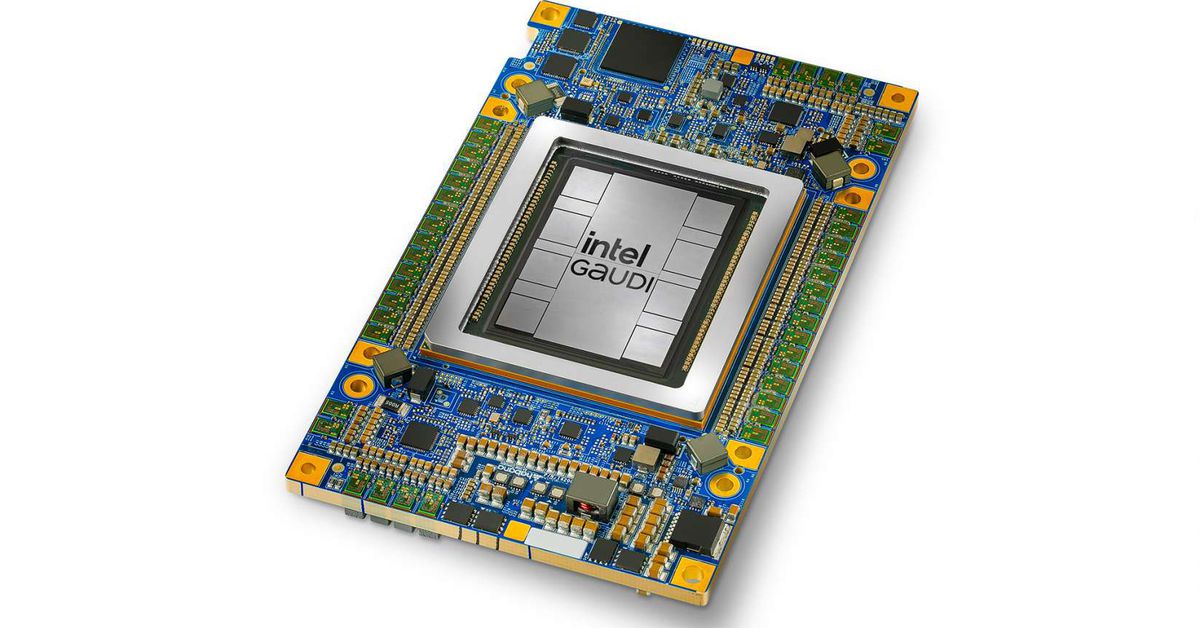

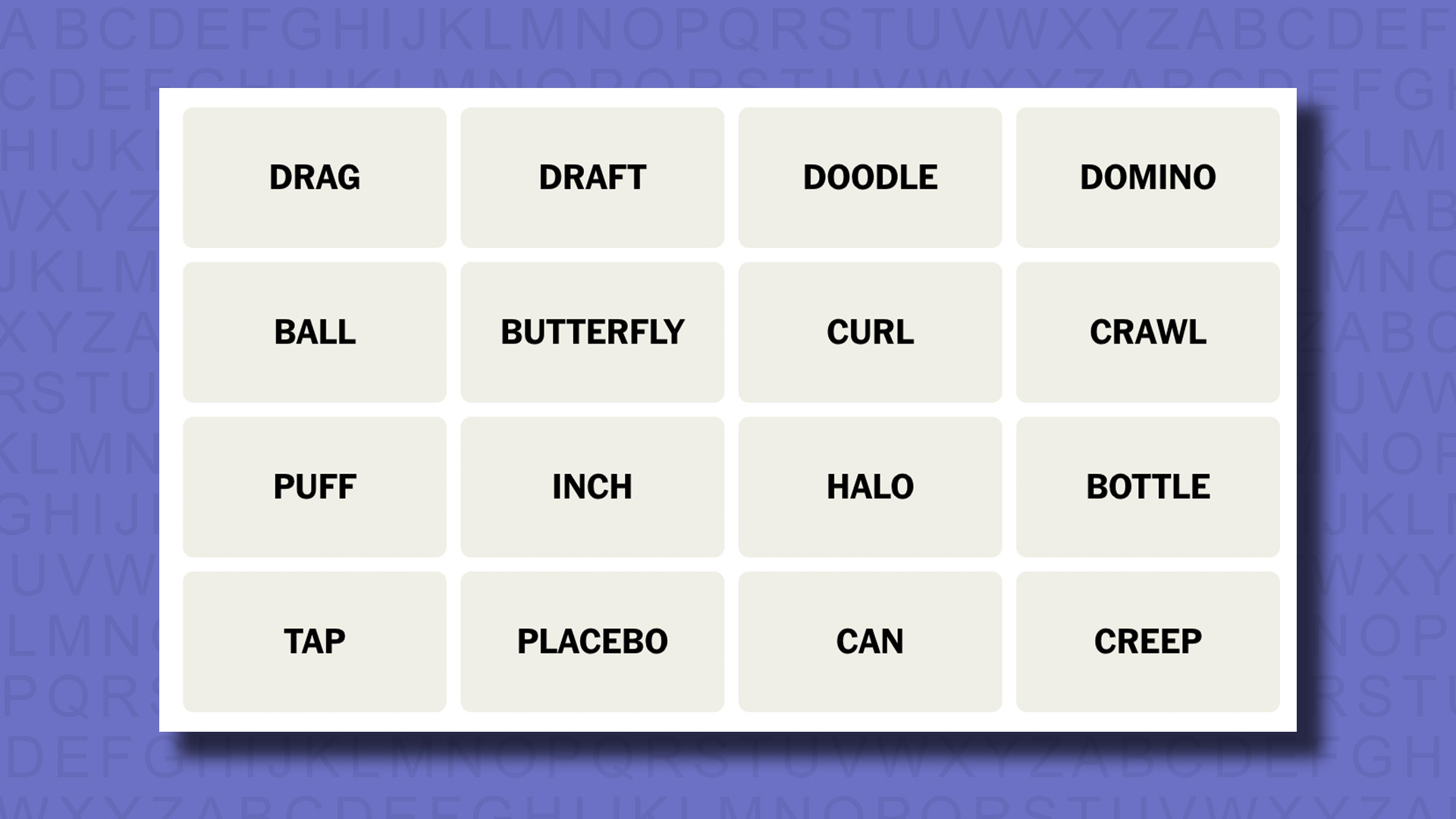
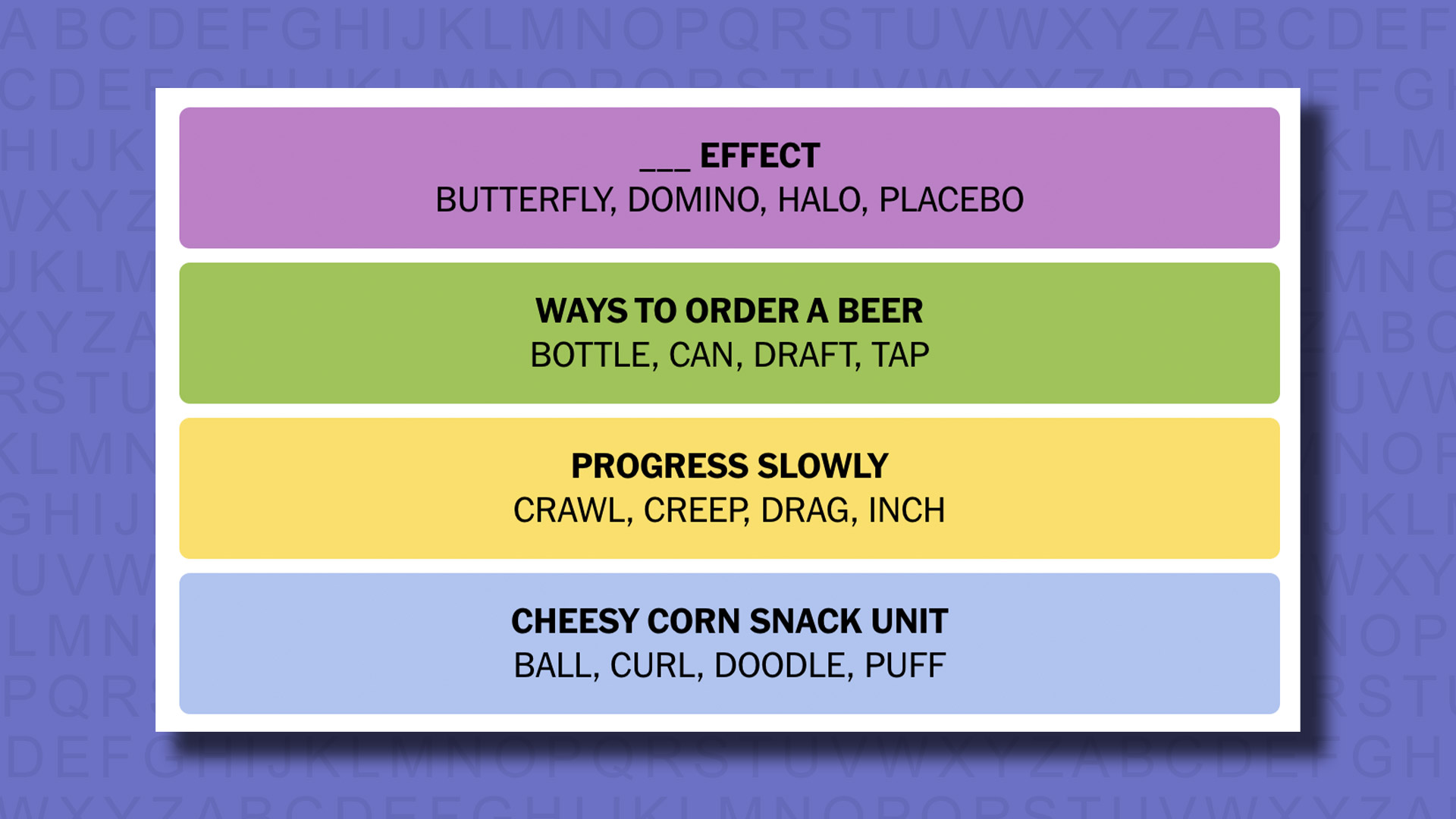



















































































































































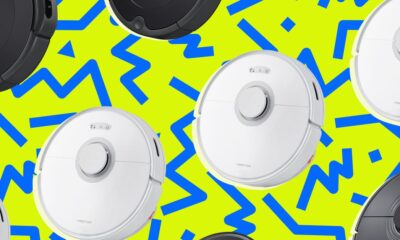













You must be logged in to post a comment Login